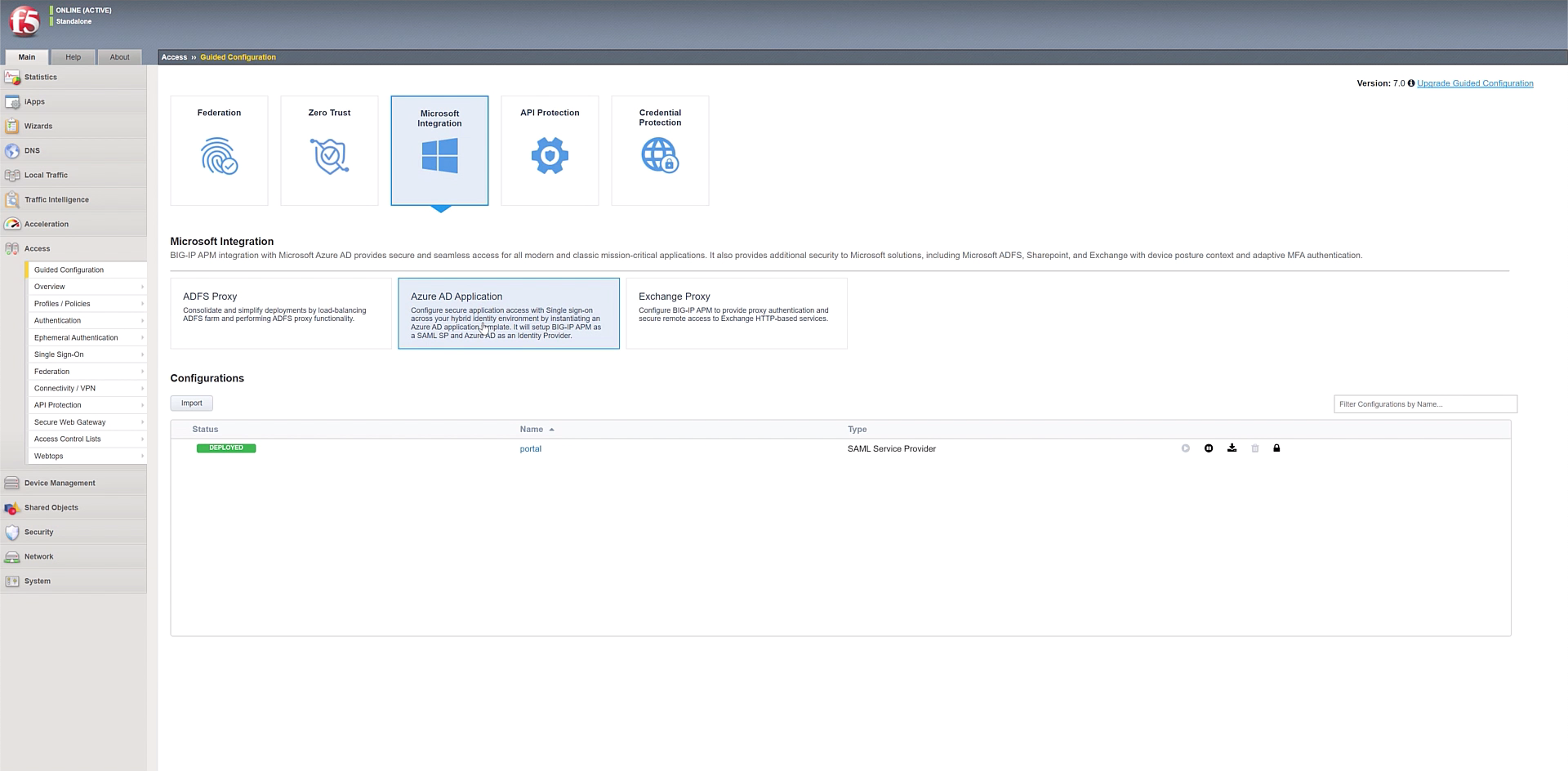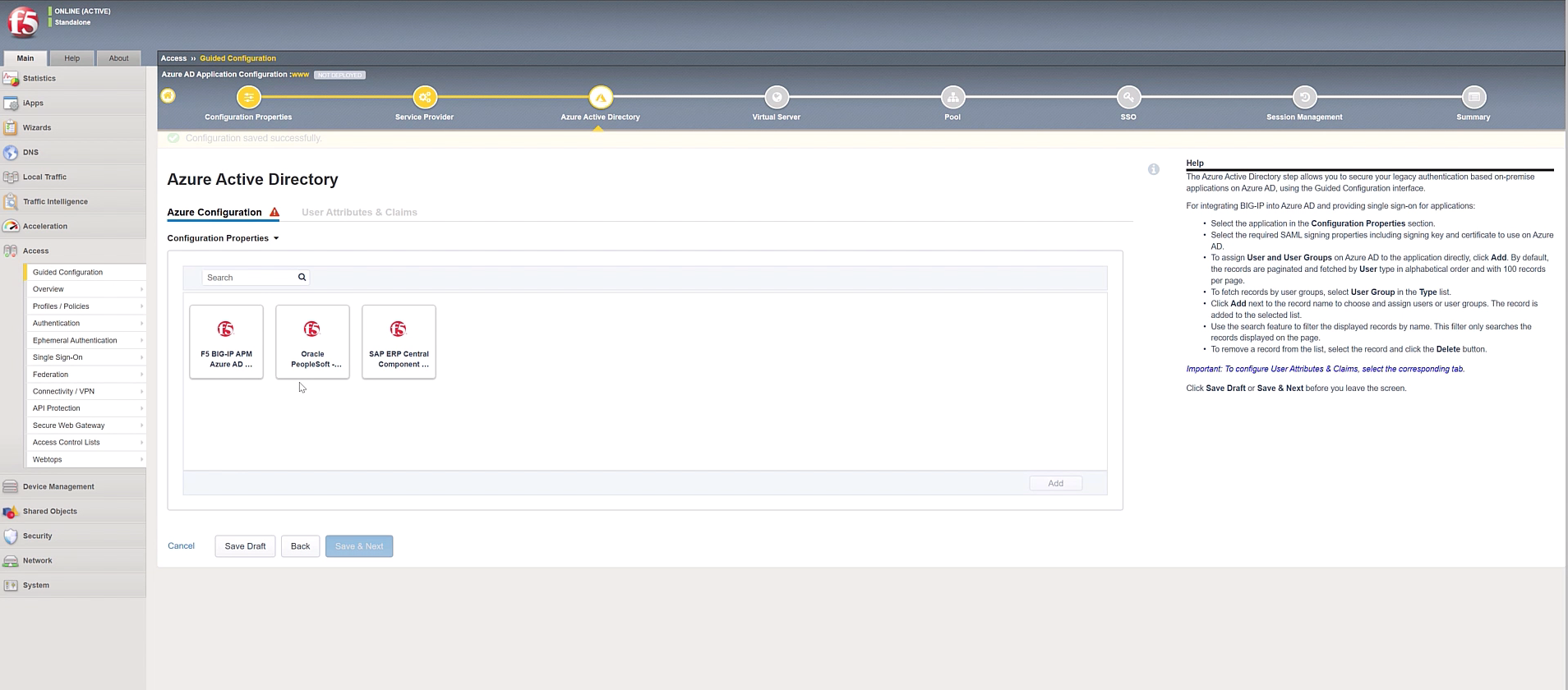Aprimorando a experiência do usuário e administrativa com acesso híbrido seguro
Com centenas de milhões de aplicativos em uso hoje, espalhados por vários data centers e nuvens públicas, como John Morgan, gerente geral e vice-presidente de segurança da F5, afirmou em seu blog recente, o mundo continua sendo orientado por aplicativos .
Os aplicativos estão por toda parte. Eles podem ser acessados de qualquer lugar, ajudando a impulsionar a produtividade, a experiência do usuário, a velocidade dos negócios e a transformação digital. Mas o número cada vez maior de aplicativos, somado à capacidade de estarem em qualquer lugar e serem acessados de qualquer lugar, cria uma quantidade incrível de complexidade para sua organização. A ubiquidade e a conveniência dos aplicativos aumentam enormemente o risco da sua organização e ampliam infinitamente sua superfície de ameaça.
Independentemente da localização do aplicativo — seja na nuvem pública como um aplicativo nativo na nuvem ou uma oferta de Software como Serviço (SaaS), no local ou em um data center externo — seus usuários precisam acessar os aplicativos para fazer seu trabalho e serem produtivos. Essa necessidade ajuda a impulsionar sua organização a criar experiências de usuário melhores, mais simples, mais seguras e mais rápidas para usuários que acessam aplicativos, mas ao mesmo tempo tentando manter os custos de acesso aos aplicativos baixos.
A maioria dos aplicativos mais antigos, como aplicativos clássicos, como muitos títulos ainda populares de fornecedores como Oracle e SAP, ou aplicativos personalizados, não oferecem ou não podem oferecer suporte a métodos modernos de autenticação e autorização, ou padrões e protocolos como Secure Assertion Markup Language (SAML) ou Open Authentication (OAuth) e OpenID Connect (OIDC). Muitos desses aplicativos são de missão crítica, com dados confidenciais por trás deles, e podem ser encontrados no local, em um data center externo ou em uma nuvem privada. A maioria desses aplicativos não é adequada ou não pode ser migrada para a nuvem. Além disso, muitos desses aplicativos não oferecem suporte a segurança avançada, como autenticação multifator (MFA), colocando-os e os dados por trás deles em risco. Muitos também são incapazes de oferecer suporte à federação de identidade ou ao logon único (SSO).
Mesmo que muitos aplicativos estejam nascendo ou migrando para a nuvem, sua organização precisará de uma estratégia de aplicativo híbrido para lidar com o acesso seguro a aplicativos em data centers locais, externos e em diversas nuvens públicas por muitos anos. Você precisará implantar uma arquitetura híbrida econômica que garanta acesso seguro aos aplicativos com uma estratégia centralizada de identidade e autenticação. As experiências de aplicativos dos seus usuários precisarão ser aprimoradas, permitindo que eles encontrem aplicativos facilmente, desfrutem de uma experiência consistente e tenham acesso simplificado e centralizado.
Sua organização e seus usuários já podem aproveitar esses benefícios. Ao implantar o Microsoft Azure Active Directory (Azure AD), a plataforma de identidade abrangente baseada em nuvem da Microsoft, juntamente com a solução de acesso confiável a aplicativos da F5, o BIG-IP Access Policy Manager (APM) , você já pode federar a identidade, a autenticação e a autorização do usuário e preencher a lacuna de identidade entre os aplicativos SaaS e baseados em nuvem que oferecem suporte à autenticação moderna e os aplicativos clássicos e personalizados locais ou de nuvem privada que não oferecem.
O F5 BIG-IP APM e o Azure Active Directory juntos simplificam o acesso aos aplicativos e a experiência do usuário , permitindo que eles façam login uma vez e acessem todos os aplicativos aos quais têm permissão e autorização de acesso a partir de um único local. Essa solução integrada também aumenta a segurança dos aplicativos, permitindo que todos os aplicativos, independentemente da localização, sejam protegidos com MFA.
No entanto, melhorar a experiência do usuário no acesso ao aplicativo é apenas parte da história. Também é necessário simplificar a configuração e a implantação, reduzir a sobrecarga de gerenciamento e, em geral, aprimorar sua experiência administrativa.
“Para os usuários, a experiência é a mesma, quer estejam acessando um aplicativo local ou um aplicativo em nuvem. Eles fazem login uma vez usando SSO e ganham acesso aos aplicativos em nuvem e legados. É completamente perfeito.”
– Nitin Aggarwal, engenheiro de segurança de identidade global, Johnson Controls
A integração do F5 BIG-IP APM com o Azure Active Directory também atende a essas necessidades.
O BIG-IP APM inclui um recurso de Configuração Guiada de Acesso (AGC) que simplifica a implantação e o gerenciamento do acesso ao aplicativo. O AGC orientará seu administrador em um processo passo a passo de configuração e implantação do BIG-IP APM, poupando você e seu administrador de tempo e custos administrativos e de implantação adicionais.
“A integração do F5 com a Microsoft também alivia o estresse dos administradores, pois cria uma autoridade de política centralizada para acesso a aplicativos, incluindo aplicativos legados locais que não oferecem suporte à autenticação moderna e aplicativos na nuvem. Os administradores agora podem simplesmente derrubar o acesso do usuário de um único local em vez de ter que entrar em cada aplicativo para cancelar o acesso do usuário, reduzindo muito o potencial de erro humano.”
– John Morgan, GM e VP, Segurança, F5
A versão mais recente do BIG-IP APM vai ainda mais longe. O AGC do BIG-IP APM agora permite que seu administrador integre e gerencie operacionalmente, de forma rápida e simples, aplicativos de missão crítica clássicos, como SAP ERP e Oracle PeopleSoft, no Azure Active Directory.
Esse acesso guiado simplificado elimina inúmeras etapas anteriormente necessárias para preencher a lacuna de acesso entre aplicativos que oferecem suporte à autenticação moderna e aplicativos que oferecem suporte a métodos de autenticação clássicos, como autenticação baseada em cabeçalho ou Kerberos. A operação de ponta a ponta do gerenciamento de políticas para acesso ao SAP ERP e Oracle PeopleSoft agora está integrada diretamente ao console BIG-IP APM AGC. Tudo o que seu administrador precisa fazer é clicar no ícone apropriado no BIG-IP APM AGC, e ele será guiado passo a passo pela configuração do SAP ERP ou Oracle PeopleSoft com Azure AD e BIG-IP APM. Após a conclusão, basta clicar no botão Implantar, e o aplicativo estará disponível para seus usuários, federando sua identidade para esses aplicativos e seus aplicativos de nuvem e SaaS, habilitando o SSO e aumentando a segurança desses aplicativos com MFA. Isso reduz muito a sobrecarga administrativa envolvida na modernização desses aplicativos.
Essa fusão do BIG-IP APM e do Azure AD significa suporte para federação de identidades, acesso centralizado do usuário (via SSO) e maior segurança do aplicativo (via MFA) para aplicativos de missão crítica, como SAP ERP e Oracle PeopleSoft, além de aplicativos SaaS e baseados em nuvem. O suporte para SAP ERP e Oracle PeopleSoft é apenas o começo; a F5 e a Microsoft adicionarão suporte adicional para aplicativos mais clássicos da SAP, Oracle e de outros fornecedores em lançamentos futuros de produtos.
“Na realidade atual, as organizações não podem mais ser seletivas em quais aplicativos podem ser acessados remotamente. Para garantir a continuidade dos negócios, os funcionários precisam se conectar a aplicativos locais de missão crítica de casa. A Microsoft e a F5 estão comprometidas em ajudar nossos clientes em comum a atingir seus objetivos, proporcionando-lhes experiências simples e seguras. É por isso que estamos dando um passo adiante em nossa experiência pré-integrada com o lançamento da nova UI simplificada. Com este lançamento, nossos clientes podem acelerar a integração de seus aplicativos locais legados ao F5 BIG-IP APM e ao Azure AD.”
– Sue Bohn, Diretora Parceira, Divisão de Identidade, Microsoft
Com a integração entre o BIG-IP APM e o Azure Active Directory , seus usuários, administradores e organizações serão os beneficiários. À medida que o acesso híbrido seguro é alcançado, seus custos e despesas gerais de gerenciamento são reduzidos, suas experiências de usuário e administrador são aprimoradas, e aplicativos clássicos e personalizados são mais protegidos.
Clique aqui para obter mais informações sobre a integração do F5 BIG-IP APM e do Azure Active Directory.


